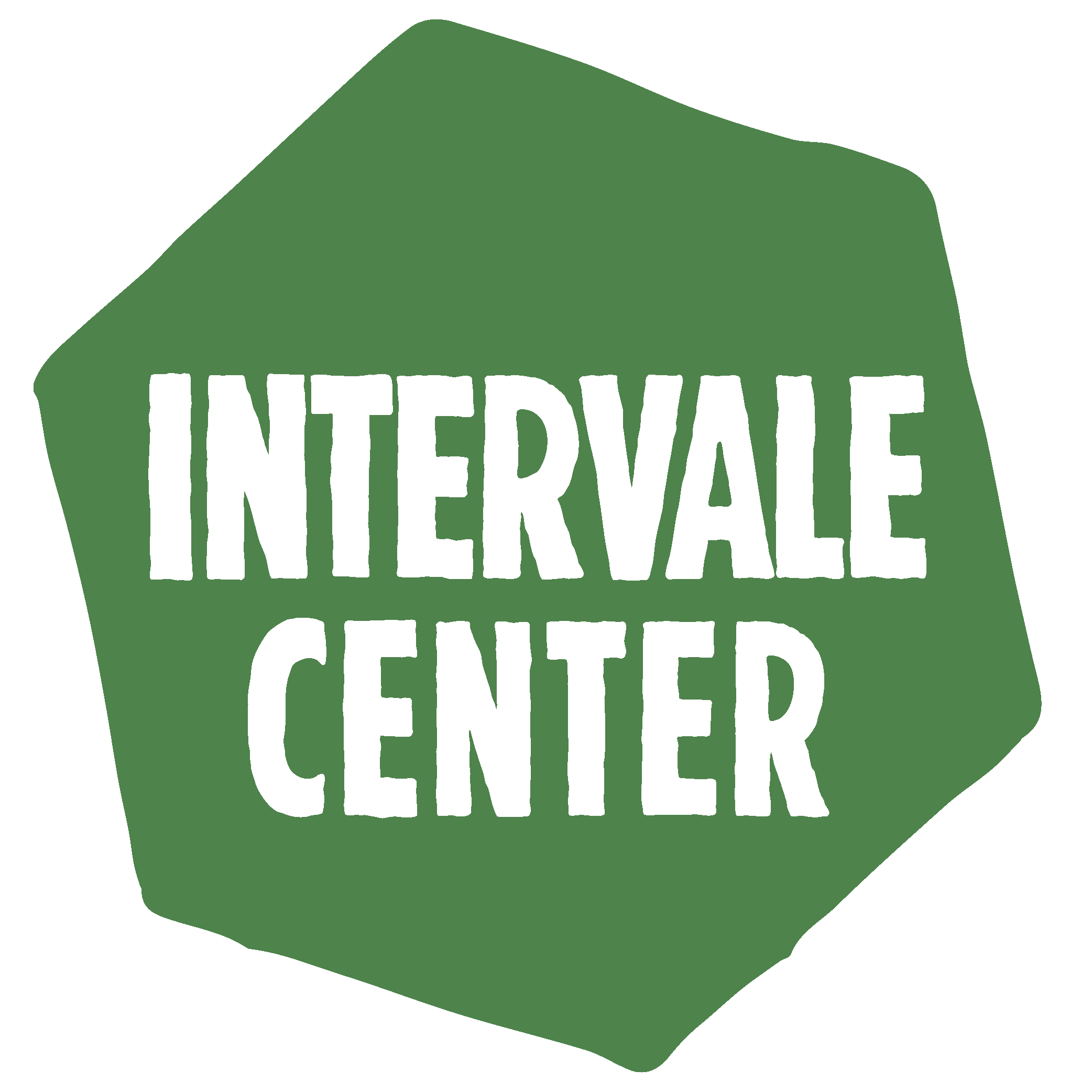A Vermont Land Link Success Story: Flower Gap Farm's New Location and Creamery
By April McIlwaine, Food Hub Operations & Outreach Coordinator
Margaret Aiken, the owner of Flower Gap Farm, decided years ago to get a few backyard Nigerian Dwarf goats, mostly as pets. In her words she, “fell in love with them,” and began to entertain the idea of raising goats more seriously. In 2017, she moved to Vermont with a truckload of goats and began making small batches of goat dairy products for friends and family.
The overwhelmingly positive response fueled a desire to provide goat dairy products on a larger scale. She began working with Nikki Lennart, one of the Intervale Center’s Farm Business Specialists, to assess the viability of a goat yogurt enterprise and model different financial scenarios as she searched for a more secure and long-term land opportunity. Margaret utilized the online platform we manage, Vermont Land Link (VLL), to connect with landowners offering their land for farming. VLL allows land seekers and landowners to create detailed profiles and listings that showcase the unique potential of their properties or specific land-use visions.
Unbeknownst to her, the landowners she would connect with were living in the same community just a few minutes down the road. An aging couple who had 14 acres of land with a large barn situated on it was looking for someone to co-live on the property and take over management of the farm. “It initially felt like a risk to jump into a relationship like this with strangers," Margaret said. However, finding a property where she could renovate an existing structure into the creamery and having it located in Charlotte where there was good market opportunity for her products was a huge plus. Both parties took a leap of faith in deciding to work with one another, and Margaret began renovations of the barn to turn it into a licensed goat creamery.
Over the last year, she has been living on the property with the current owners while the renovation has been underway. Her initial feelings of risk around the interpersonal relationship not working quickly dissolved as they found their groove. While Margaret’s time has primarily been devoted to barn renovations this year, there is a shared understanding that she will take on more and more of the land management responsibilities as the current owners step back.
With the renovation nearly completed, Nikki and I had the opportunity to visit the farm on a beautiful spring day to see the new space. Entering the barn, the old, weathered wood of the entrance gave way to bright, newly installed pine walls. We entered a small inviting vestibule that will soon be the farmstand featuring Flower Gap Farm’s raw goat milk, chevre cheese, and flagship yogurts in plain, maple, and homemade lemon curd. You will also find Margaret selling her products at the Burlington Farmers Market this summer. We admired all the retrofitting Margaret had taken on, turning what was once a wide-open barn into two distinct areas. On one side there is now a visitor-friendly barnyard area with pen enclosures for the goat kids. The other side features all the necessary rooms for the creamery operation: a milking parlor, milk storage areas, sanitation rooms, and a creamery all with stainless steel appliances and food safety modifications.
Margaret said that one of the hardest parts of the process was constantly having to prove herself. She received a lot of initial doubt from contractors around the feasibility of the renovation; however, she was persistent, and as she started putting in work and getting results more people began to believe in the project.
On top of the renovation, Margaret has increased the size of her milking herd. The Nigerian Dwarf goat is not often used for goat dairy farming as it has a smaller stature and yields fewer pounds of milk per day than other goat breeds, however, their milk has a high butterfat content—approximately 6-10% compared to the 2-6% common with other goat breeds. To produce enough milk for the creamery to be profitable, she has increased her herd to include 28 milking goats. This season, they kidded 65 babies as well.
Margaret is a do-er and has found creative ways to work through hard elements of the renovation process. This spring, she offered a series of community events called “Meet and Bleats” which have not only increased community visibility of the farm but have helped provide a source of income through the renovation. She also has a seasonal intern who is working on a photography and story project about her goats which will hang in the entrance to the farm store.
Margaret’s attention has turned toward the future of her business. While she is excited to be closing this chapter of the renovation, she doesn't feel out of the woods yet. Entering into the first year of an operational creamery is sure to bring with it bumps along the road. Additionally, she and the owners of the property are working to understand their legal options for future land transfer as there is still significant risk to Margaret’s business and livelihood as she farms and lives on leased land.
Despite the unknowns, Margaret and the property owners have developed a unique relationship built upon caring deeply for the land and the future of farming on it. On days when Margaret works late milking or doing renovations, she often finds the property owners have left a plate of dinner waiting for her. This exemplifies the importance of Vermont Land Link as a platform that brings together people who want to preserve the culture and profession of farming in Vermont and are interested in working collaboratively to do so.



